CES 2015: Inching Toward a Smarter Home
Companies that make appliances and electronics for the home will be doing two main things at the Consumer Electronics Show (CES) in Las Vegas on January 6 to 9: exhibiting their smart-home tech products and explaining to people just what a smart-home tech product is.
That’s because while there’s obvious interest, even demand, for devices that allow people to adjust lighting or unlock a door from a smartphone, the average homeowner isn’t quite sure what to make of it all yet. There are so many different products running different software systems, each with its own smartphone app, that it’s hard to know where to begin in making a home more “connected.”
Yearning for Connection
For now the smart-home frontier is more like the Wild West, with many developers creating their own operating systems independent of one another or compatible only with certain brands. It’s somewhat good for innovation but sort of bad for the consumer, because it’s hard to make sense of the overwhelming number of products and which ones have the ability to coordinate with others.
For example, you might own a smart thermostat, a smart light dimmer package and a smart door lock, but all three could have very different systems that don’t necessarily communicate with one another. So, you’re left to toggle between different apps, interfaces and panels to control them all. As a consumer, you have to do some serious research before buying smart-home products if you want them to be compatible in the future. For now it can be like having a separate remote for the DVD player, TV, stereo, ceiling fan and so on. At some point you just say, “Well, how is this smart?”
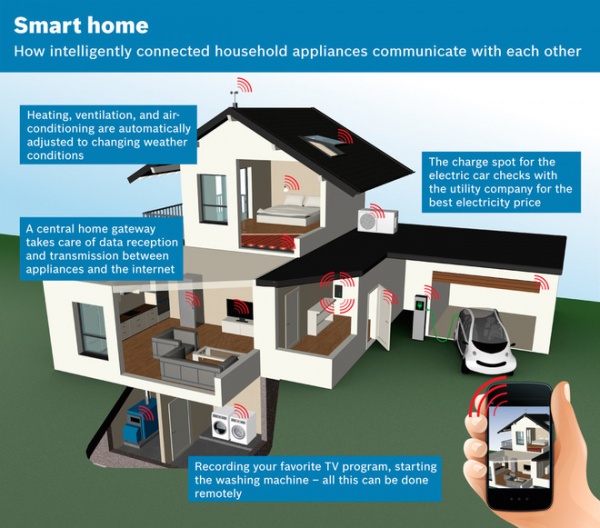
Making it Simple
That’s why a large appliance company like Bosch is sending its CEO of software innovations to CES to take part in a panel discussion titled “The Evolution of the Smart Home,” along with executives from Lutron, Yetu and Lowe’s. These companies are betting big on the future of home automation and plan to discuss whether a connected home is ready for broader consumer adoption. “The evolution is occurring,” says panel speaker Michael Pessina, president of Lutron, which focuses on electronic lighting and shading control. “The key thing is figuring out a way to make it simple.”
Pessina points to platforms such as The Home Depot’s Wink, with which Lutron is compatible, Lowe’s’ Iris and even Staples’ Connect as major drivers for promulgating connected-home technology and making it affordable and available for the masses.
Additionally, several companies plan to make announcements at CES about integrating their products with those from companies like Nest, the thermostat developer that was acquired by Google in the beginning of 2014. And as Apple and Samsung also look to capitalize on the growing connected-home buzz with HomeKit and SmartThings, respectively, things are bound to get patchier before they get smoother.
In November Bosch, ABB and Cisco somewhat acknowledged the ironic disconnect between emerging connected-home appliances and announced plans to develop and operate an open software platform for homes beginning in 2015. “For a home to be ‘smart,’ it is crucial that all the appliances and systems in the home — e.g., washing machines, heating units, lamps and window blinds — can simply and securely exchange data with each other as well as with smartphones and tablets,” Bosch said in a statement announcing the partnership.
Taking It to the Masses
During CES, though, just stroll through the exhibit floor hosting the smart-home category and you’ll get a taste of what the companies are hoping will catch on. Lightbulbs, door locks and doorbells, video cameras, thermostats, solar energy storage and even ceiling fans — all controlled from smartphones or wearable devices. (Bosch created the graphic shown here to show homeowners the possibilities of a connected home and what it means.)
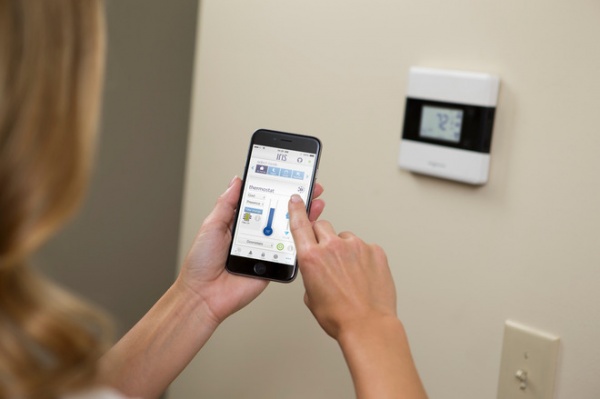
Even a big-box store like Lowe’s is doubling down on its venture into the connected-home arena, with more products coming in 2015 under its Iris software platform, seen here, which the company introduced in 2012. “This year Iris will have a much larger presence at CES than ever before,” says Chelsea Giudice, public relations manager at Lowe’s. She says the company will have various Iris-compatible products (it has more than 50 à la carte products running Iris) on hand for attendees to play with, as well as “real-life scenarios to show how Iris works to keep the home safer, smarter and easier to manage,” she says.
Giudice points out that Lowe’s is continuously trying to broaden the compatibility of its Iris-enabled products with other products, such as ZigBee, which is known as the only open, global wireless platform for connected devices.
To better communicate compatability among products under the Lowe’s roof to consumers, Giuidice says the company puts a logo that reads “Works with Iris” on various products.
What’s to Come
While it’s somewhat difficult to give an adequate preview of what you’ll find at CES — companies like to keep big announcements secret until the actual event — here’s a look at some of the other smart-home products on exhibit in Las Vegas this week.
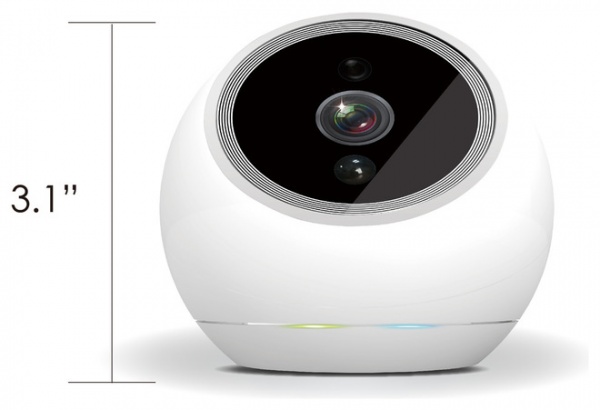
Video monitor. Amaryllo’s iCamPro is a “home security robot.” In other words, it’s a security camera that’s designed to see, hear, sense and track moving objects in your home. Say a burglar breaks in while you’re on vacation. Mounted iCams would sense the movement and track the intruder through the house, sending you picture alerts and allowing you to control the camera through your phone. There’s also two-way audio.
The units retail for $299, but the company has a deal going right now on IndieGoGo through which you can buy one for $149.
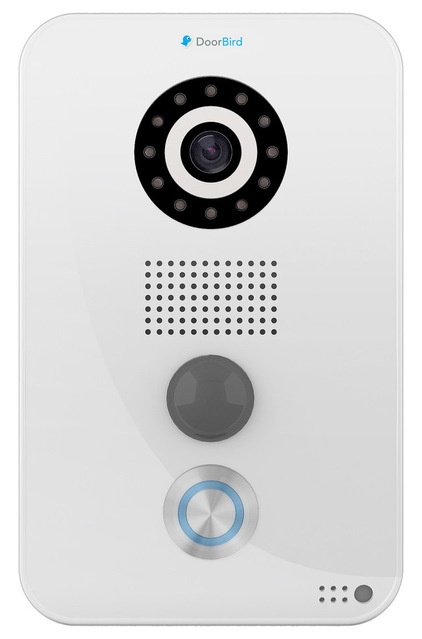
Doorbell. You see a lot of Wi-Fi-enabled door locks out there but not many doorbells. DoorBird is a German product whose maker is hoping to change that. The device lets you talk to visitors via video and open the door using a phone or tablet, even if you’re out of the country. There’s a motion sensor that will send you an alert if someone walks up to your door, even if he or she doesn’t ring the bell. Cost: $349.
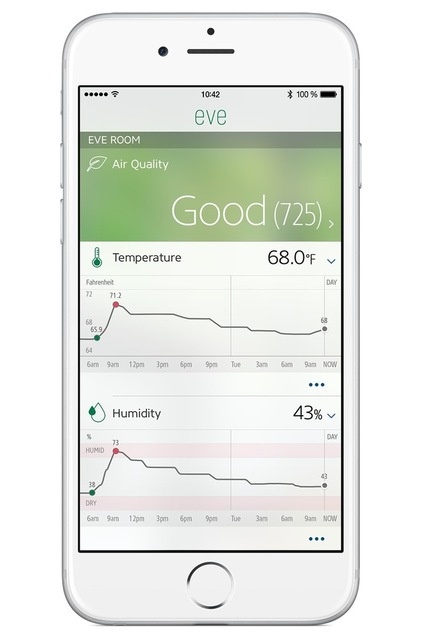
Energy analysis. Energy consumption analysis for homeowners is a relatively recent and growing phenomenon. The idea is that instead of your just getting a bill with the amount of energy you’ve consumed in a month, the data gets analyzed and presented in a way that illustrates your behavior pattern, which you can then adjust to be more efficient.
Elgato has a suite of home tech devices, and this year it’s launching Eve, shown here. The Eve line of products gathers data on air quality, temperature, humidity, air pressure, energy, water consumption and more to give you insight into how you’re using your resources, and how you can adjust your lifestyle to save money and energy.
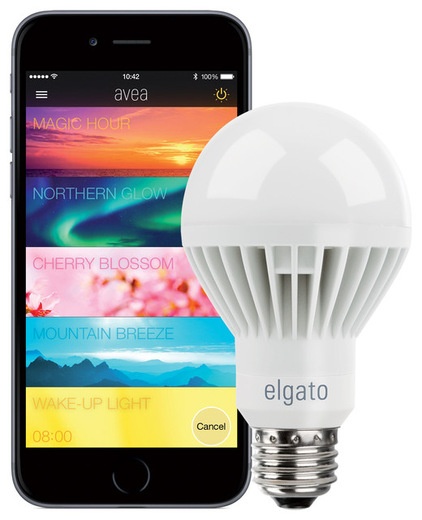
Lighting. Meanwhile, Elgato’s Avea light is a bulb that lets you control room lighting through your iPhone or iPad, similar to the iOS- and Android-enabled Hue light by Phillips.
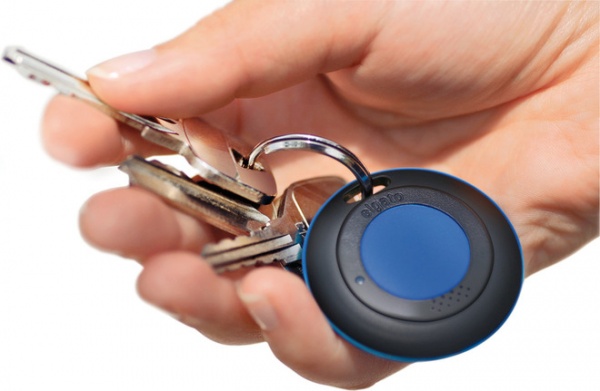
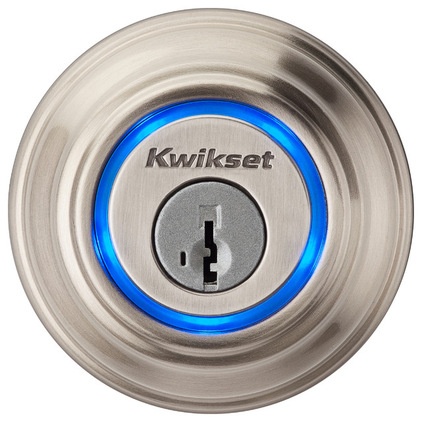
Locks and keys. The Elgato key chain connects your keys to your iPhone and lets you know if you’ve left your keys behind. If you do lose them, the phone app can tell you where they were last seen, while the fob makes a sound to help you locate them.
Unikey’s and Kwikset & Weiser’s lock, called Kevo, allows users to unlock doors using just a phone. In fact, you just need the phone in your pocket, then touch the lock and you’re all set.
The mobile app lets you send or disable e-keys to your friends, family or other visitors.
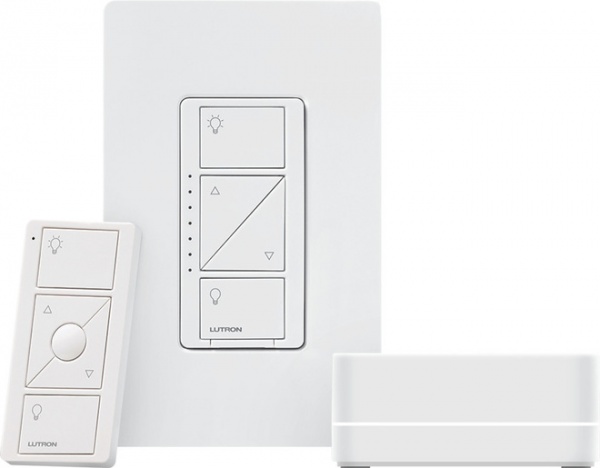
Dimmers. The founder of Lutron invented the solid-state dimmer in the late 1950s, and the company has been developing high-tech light switches ever since. Lutron will showcase its Caseta Wireless collection of dimmers, shown here, and will make announcements regarding new integration capabilities for its products during CES.
In another effort to make the technology more appealing to the average consumer, companies are focusing on offering options with broad aesthetic appeal so homeowners can try to make devices part of the decor and not have a living room that looks like the bridge on the U.S.S. Enterprise. For example, Lutron has more than 30 colors and five metal finishes for its products, as well as more than 1,500 fabrics for its wireless window shades.
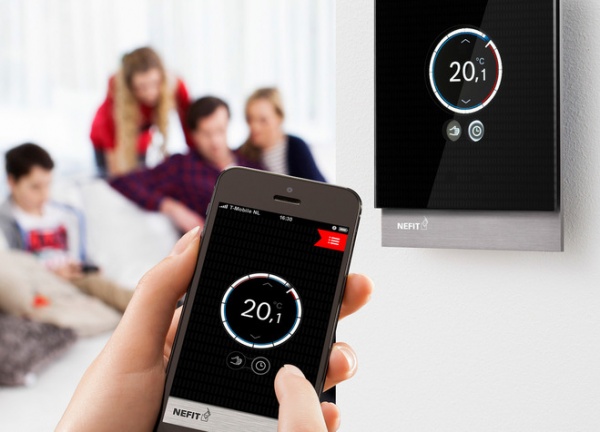
Thermostats. As mentioned, Bosch will be a big player in the connected-home category at this year’s CES, with many of its key players making appearances and speaking about tech in the home and showcasing new and existing products.
Bosch’s Nefit Easy, shown here, lets users control their heating systems via their phones.
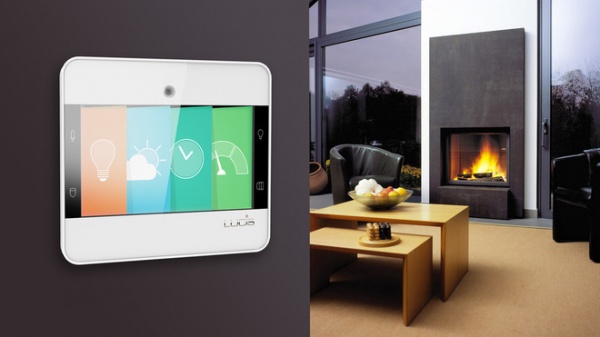
Multipurpose console. Lucis Technologies will showcase its recently launched NuBryte cloud-based home lighting, energy and safety console, shown here. It fits over any light switch terminal, and the company says all you need is a screwdriver and basic wiring skills to install it. You use the interface or an iPhone app to control lighting and get simple energy reports. Cost: $199.
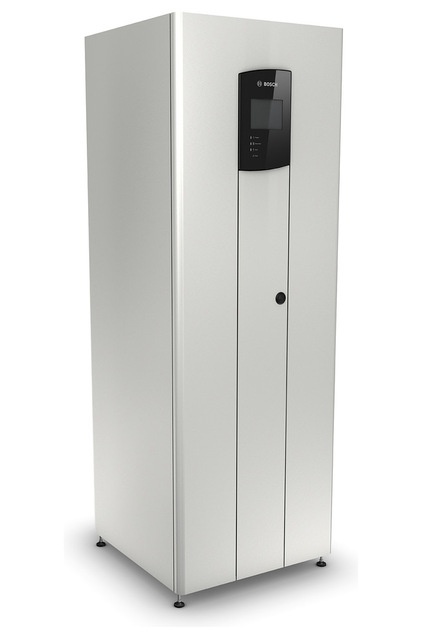
Solar storage. The Bosch BPT-S5 Hybrid, shown here, stores unused solar power and helps homeowners use it more efficiently. Just need to work on that name.
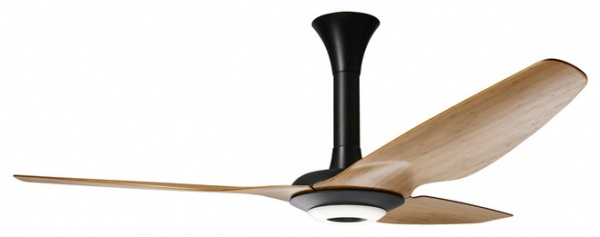
Ceiling fan. Billed as the world’s first smart ceiling fan, Big Ass Fans’ new Haiku with Senseme (available in February) connects with Jawbone’s Up system of activity trackers to adjust the speed of the fan while you sleep. It can also help you wake by gradually increasing the speed and light level.
But while the market seems to be exploding with connected-home tech products, executives like Lutron’s Pessina are quick to point out that there are still kinks to work out. After all, technology isn’t always perfect. Take your phone, for example. It sometimes freezes, runs out of battery power or behaves like it’s possessed.
When it comes to the home, Pessina says people are extra sensitive about having things work right. “It’s your castle, the place that’s supposed to be there for you,” he says. “So if we can make things work all the time, provide the right experiences and make the connection simple, then mass adoption could potentially be right around the corner.”
See more home tech stories
Homeowners: Do you have any smart-home devices in your home or plans to introduce them in the coming year?
Designers: Have you recently installed any smart-home devices or encouraged clients to consider them?












